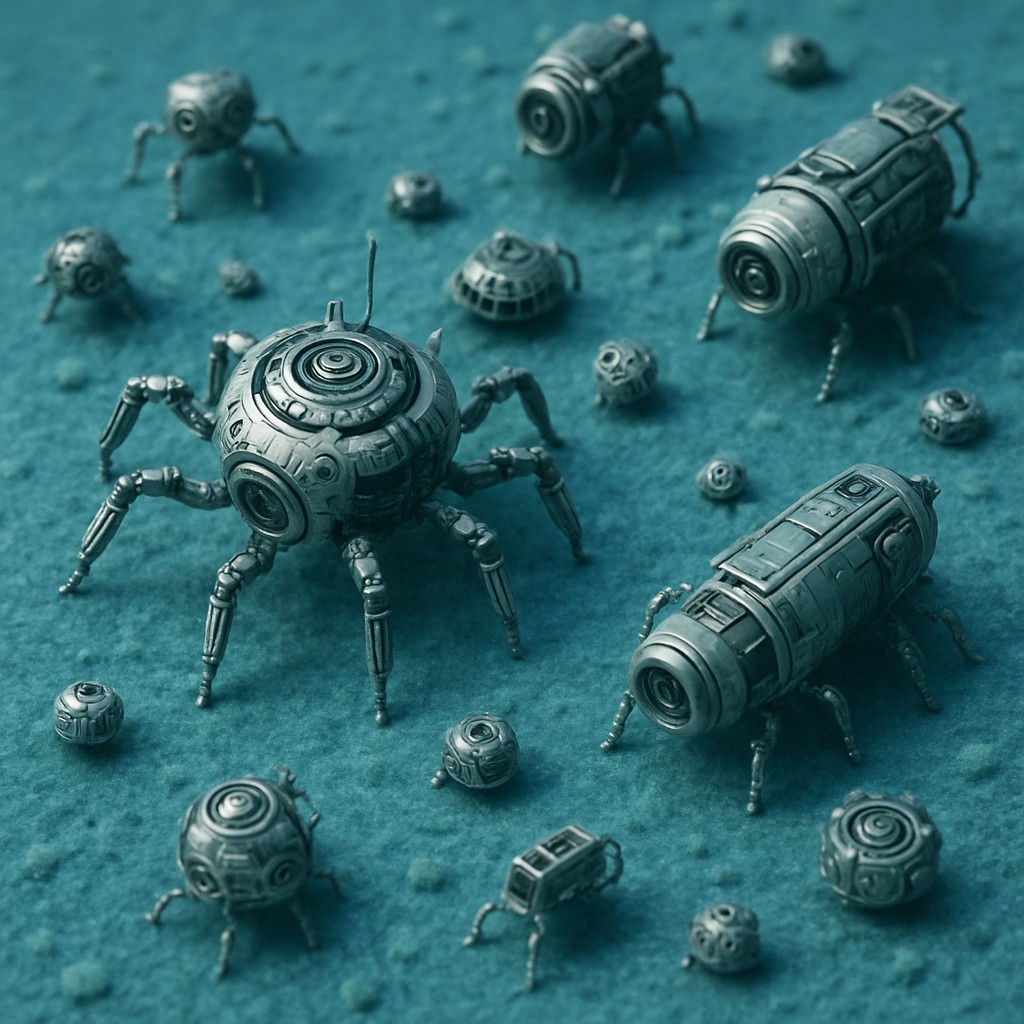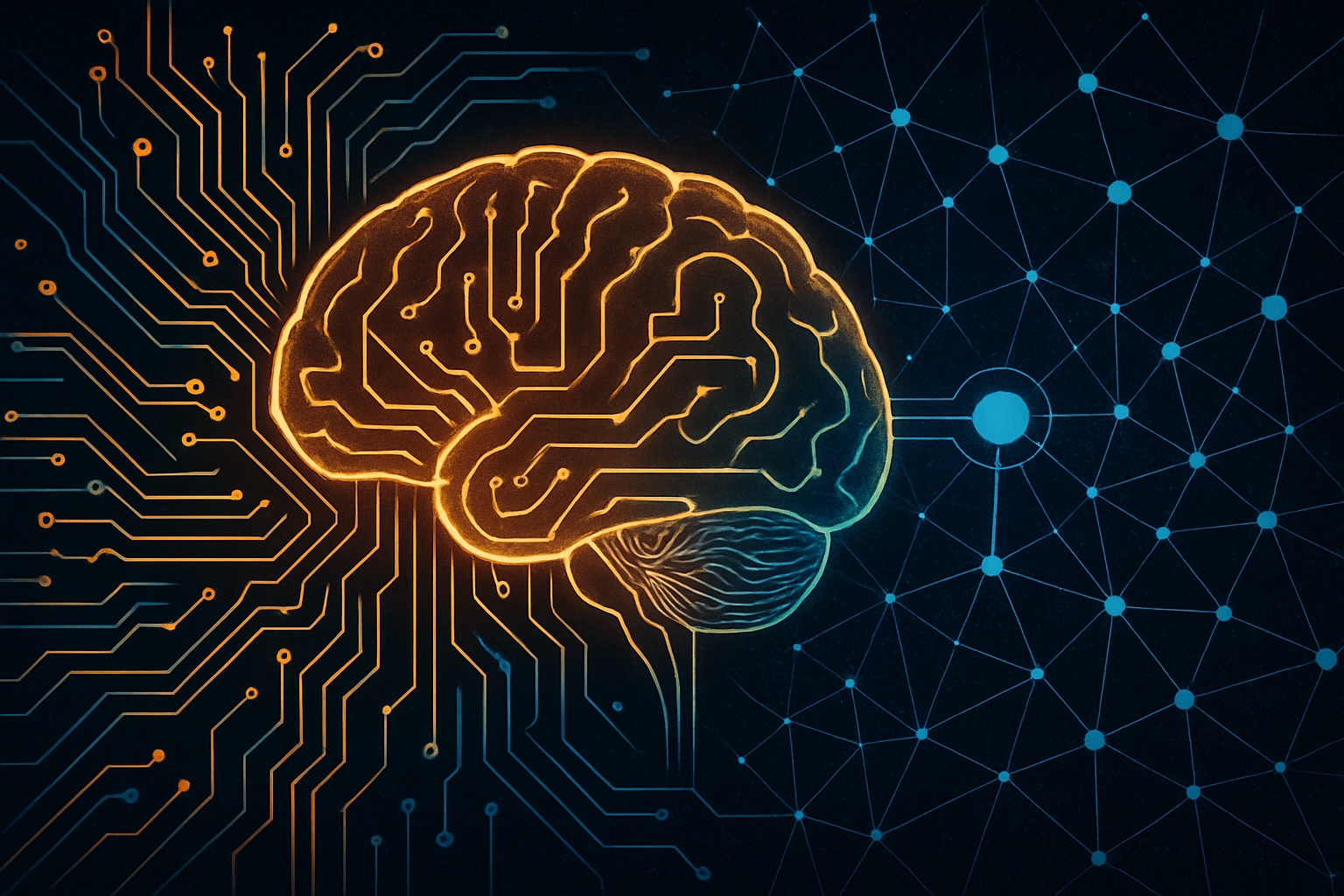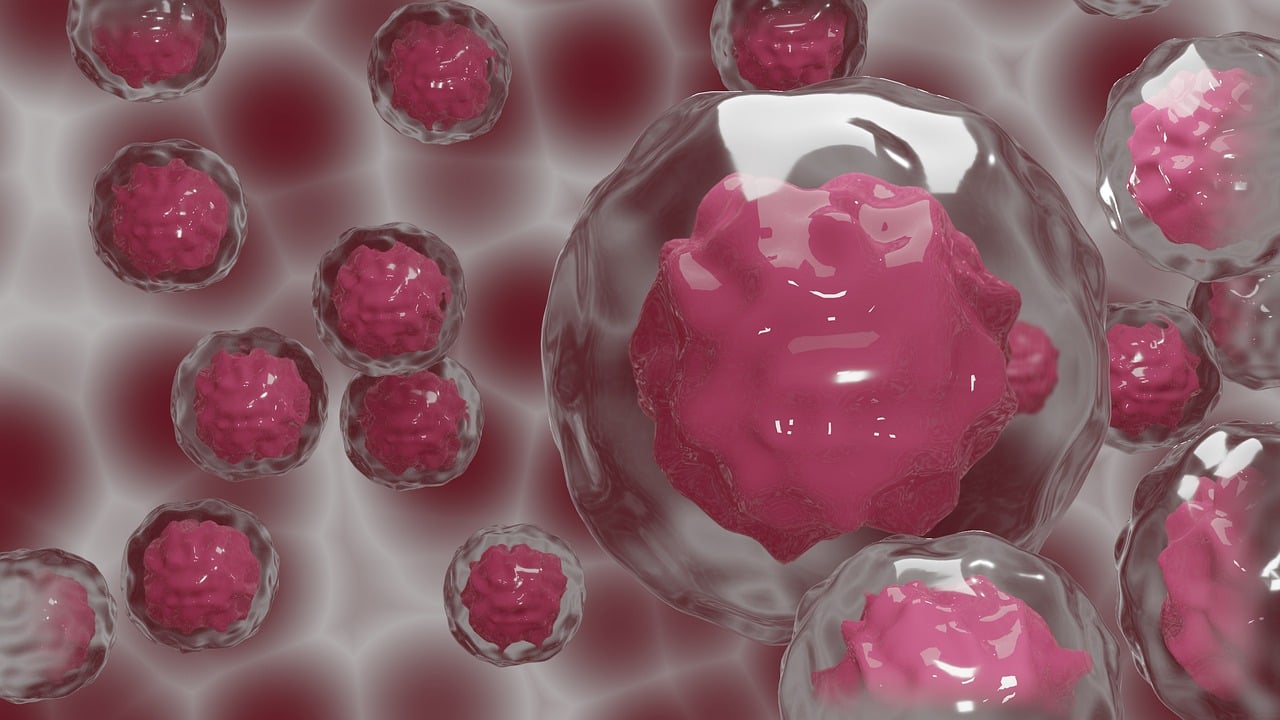Category: Biomedical Engineering
-

Microrobots and Nanorobots: Revolutionizing Industries from Medicine to Manufacturing
Have you ever imagined that machines would become so small that they can swim through your bloodstream, build microscopic components with atomic precision, or clean pollutants from a single drop of water? It is becoming a reality in the evolving world of microrobots and nanorobots, which have the potential to transform diverse fields.
-

Disease Modeling: Recreating Illness to Conquer It
Has it ever occurred to you how we can study diseases without endangering human lives? Disease modeling makes this possible by recreating illnesses under controlled conditions—whether in cells, animals, or computers—to understand what drives disease and how we might intervene more effectively.
-

Neuroengineering: Bridging the Brain and Technology
Neuroengineering, alternatively referred to as neural engineering, uses the concepts and techniques of engineering to fill in the gap between our growing knowledge of the brain’s complex operations and the creation of useful technologies that can diagnose, heal, or enhance neurological function.
-

Organoids and Stem Cell-Derived Cultures: Miniature Organs, Major Breakthroughs
Organoids are multicellular organ-like structures made from stem cells that self-assemble and replicate the architecture, cellular complexity, and sometimes the function of actual organs, all in the lab. For many decades, scientists have used flat, two-dimensional cell cultures—easy, but far from the complexity of natural tissues. Organoids and similar stem cell-derived models fill this gap.
-

Regenerative Medicine: Restoring What’s Lost, Renewing Life
Regenerative medicine brings forth interdisciplinary collaboration to address the root cause of tissue damage or organ failure, moving beyond merely managing symptoms. The core strategy is to leverage the body’s innate healing mechanisms or to introduce new biological components to repair, replace, and regenerate damaged cells, tissues, and entire organs.